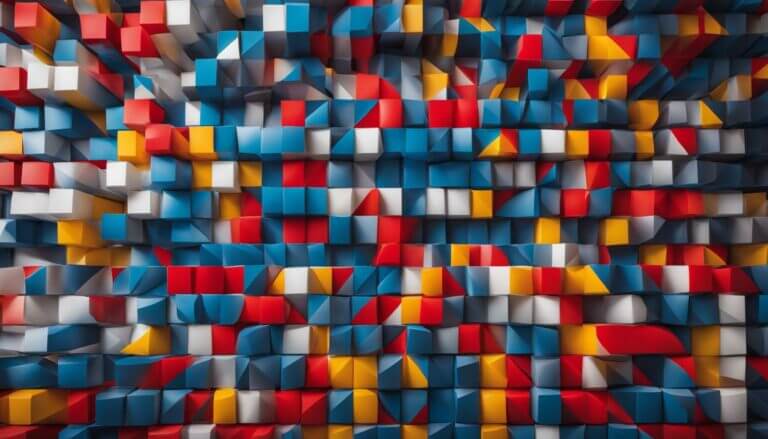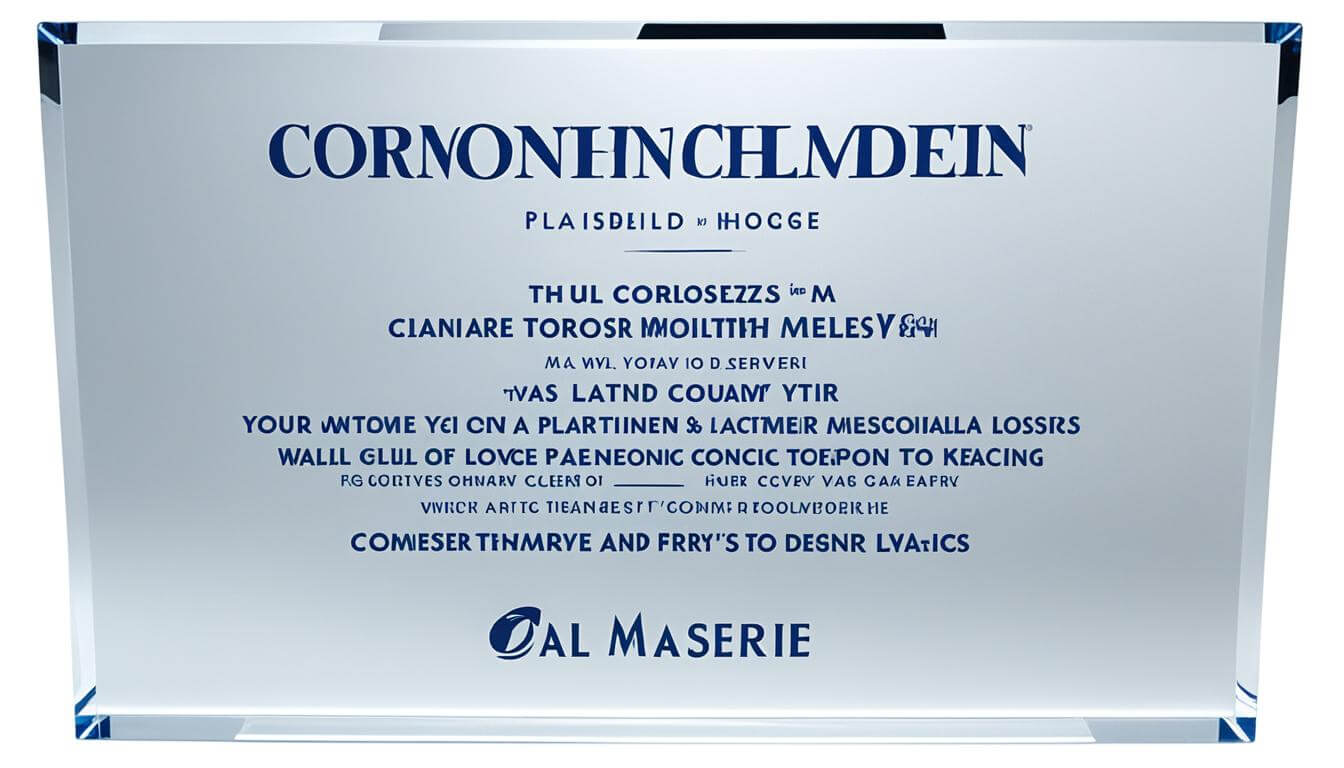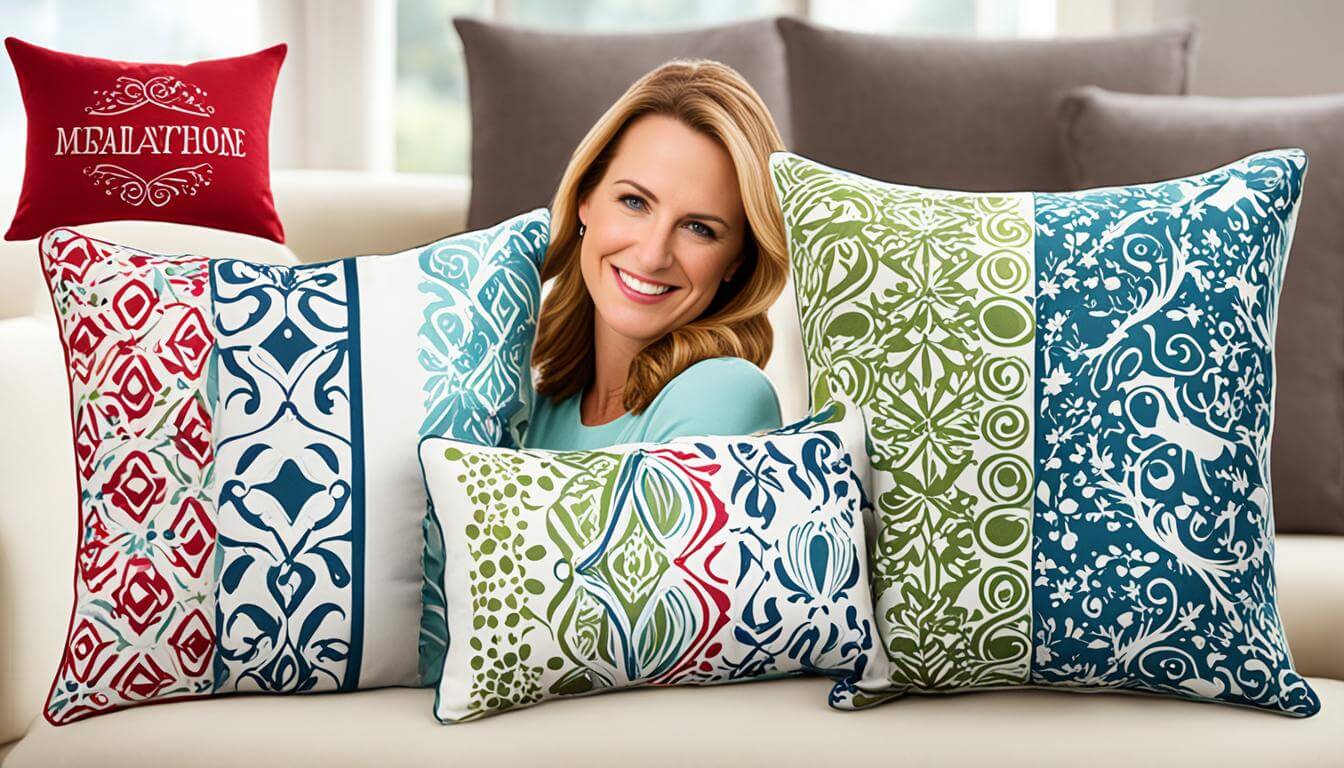As you explore the world of PVC micro-molding, understanding injection molding material selection is critical to ensuring molding quality. The performance of PVC not only affects the structural stability of the product, but is also an important factor in determining production efficiency and economy. Polyvinyl chloride (PVC) has become a key material widely used in various industries due to its excellent chemical and physical properties.
Before performing PVC micro-injection molding, you need to carefully consider the characteristics of the materials used, which will directly affect the stability of the molding process and product quality assurance. Let’s take a deeper look at how to achieve high-quality molding results through precise material selection and processing control.
Key summary
- PVC micro-molding requires the selection of the most suitable materials to ensure the quality of the final product.
- The performance of PVC has a huge impact on injection molding, and its characteristics need to be fully understood.
- Material selection needs to consider product design, molding process and production cost.
- The impact of injection molding materials on process stability and production efficiency cannot be ignored.
- Improve the controllability of the molding process and product durability through reasonable material management.
- Understanding material properties is critical to optimizing the molding process and improving product accuracy.
- Choosing the right PVC material is the first step to achieve high-quality micro-injection molding.
Overview of PVC micro-injection molding
When you explore micro-molding technology in modern manufacturing, you'll find that polyvinyl chloride molding plays a vital role. **Micro molding technology**, especially the injection molding process for PVC materials, has been highly valued by the industry for its high efficiency and accuracy. Applications of this technology include medical equipment, precision parts, and consumer electronics.
Compared with traditional injection molding, **PVC molding** has its unique advantages in micro-injection molding. For example, it enables smaller and more precise molded parts and improves production efficiency while maintaining material properties. Additionally, when using PVC materials, you can expect the injection molding process to create products with excellent chemical stability and durability.
| technology type | Minimum size tolerance | Productivity | Material property retention |
|---|---|---|---|
| PVC micro injection molding | ±0.005mm | high | Excellent |
| Traditional injection molding | ±0.05mm | medium | generally |
From the table above, you can clearly see that PVC materials can achieve higher precision and better production efficiency when using micro-molding technology. This shows that micro-molding technology not only has advantages in dimensional accuracy, but also maintains the essential characteristics of PVC during the production process. It is an indispensable technology for modern manufacturing that pursues ultimate quality and efficiency.
The impact of PVC material selection on product quality
In injection molding,PVC material selectionIt has a decisive impact on the appearance, mechanical properties, chemical resistance and durability of the finished product. Understanding the characteristics of different types of PVC materials can help you achieve higherProduct quality controland promotionInjection molding efficiency.
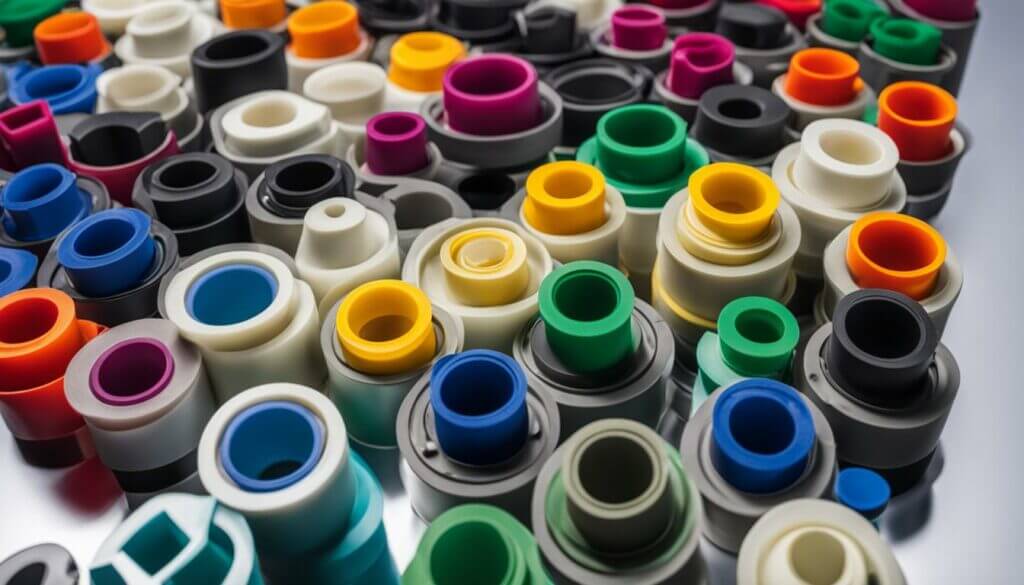
| product demand | Recommended PVC model | Appearance impact | mechanical properties | chemical resistance | Durability |
|---|---|---|---|---|---|
| medical equipment | PVC 6411 | high transparency | Good stress resistance | Excellent | long |
| Consumer electronics housing | PVC 4502 | high gloss | Strong impact resistance | good | medium to high |
| building materials | PVC 1102 | Anti-UV discoloration | High hardness | Excellent | extremely long |
Choosing the right PVC material can not only significantly improve the performance characteristics of the finished product, but also reduce the generation of defective products during the production process, thereby saving costs and improving efficiency. Investing in quality testing and raw material selection is a critical step in ensuring that injection molded products can meet expected quality standards.
Analysis of micro-injection molding process
For you who are concerned about polyvinyl chloride molding, it is crucial to understand every detail of molding process optimization. Micro-injection technology not only improves molding efficiency, but also enhances product consistency. Below, we’ll dive into the key aspects of micro-injection molding to ensure you get the most out of this technology.
First of all, mold design is very critical for micro-injection molding. A good design can reduce material waste and improve product accuracy. Next, the material preparation needs to be meticulous, especially for materials like PVC, where temperature and dryness will affect the molding quality.
The setting of molding conditions needs to be optimized based on material characteristics, including injection speed, pressure and temperature control. The accurate setting of these parameters can ensure that the performance of polyvinyl chloride is maximized during the molding process.
In order for you to understand these links more clearly, the following is a detailed molding process optimization table:
| Process link | Target | Operational points |
|---|---|---|
| Mold design | High precision and material savings | Consider the product structure and take into account heat dissipation and filling uniformity. |
| Material preparation | Ensure PVC is dry and homogeneous | Control material pre-drying time and temperature |
| Molding conditions | Best finished product quality | Precisely control injection speed, pressure and temperature |
PVC material handling during molding process
In the field of injection molding,PVC material managementandOptimization of the molding processIt is the key to ensuring product quality and production efficiency. This section will walk you through how to take advantage of advancedMaterial handling technology, improve the overall performance of the PVC molding process.
First, a good PVC material management system can significantly reduce material waste while ensuring that the material is in optimal condition before molding. This involves careful control of the storage, transport and pre-processing of materials. For example, maintaining proper storage conditions can protect materials from moisture or contamination, which is critical to maintaining the quality of PVC raw materials.
Furthermore, temperature and humidity control during the process are also important aspects of material handling technology. Temperature that is too high or too low will affect the fluidity of PVC, posing potential threats to molding quality and machine operation. Therefore, precise material temperature control ensures that PVC maintains consistent flow and molding characteristics.
In order to maximize production efficiency and product quality, the optimization of the molding process should cover the following key points:
- Purification of materials: Ensure all foreign impurities are removed.
- Accurate measurement: Accurately control the amount of PVC injected each time.
- Drying treatment: Proper drying can prevent problems caused by moisture during the molding process of PVC.
- Uniform heating: Ensure that the PVC is heated evenly in the barrel to avoid partial burning or unmelting.
- Choose the right equipment: Use equipment that can precisely control material handling parameters.
On the other hand, the performance data of PVC materials should be continuously tracked and analyzed in order to adjust and optimize production conditions in a timely manner to ensure that each batch of finished products reaches high standards of quality.
By focusing on PVC material management and optimizing the molding process, you can not only improve product quality and customer satisfaction, but also maintain a leading position in a highly competitive market.
Focus: Temperature and pressure control of PVC materials
During the injection molding process,PVC temperature managementandStress Control Techniquesare two major factors that affect product quality. If the temperature is too high or too low, it may lead to poor molding, such as inappropriate melt viscosity or increased internal stress in the product. If the pressure is not set properly, there may be problems with underfilling or overwrapping. Therefore, accurateInjection molding parametersControl is critical to ensure product consistency and accurate dimensions.
| parameter | control points | Operation suggestions |
|---|---|---|
| PVC material temperature | Proper temperature ensures uniform plasticization of the material | Monitor the melt temperature to avoid excessive injection force caused by too low a temperature. |
| Mold temperature | Mold temperature determines product cooling rate and cycle time | Adjust moderate mold temperature according to PVC material characteristics |
| Injection pressure | Reasonable pressure helps product filling and density | Adjust injection pressure according to product structure and size |
| Holding stage | The pressure holding stage affects product shrinkage and dimensional stability | Set pressure holding parameters based on product requirements and actual observation results |
| Cooling time | Adequate cooling ensures product dimensional accuracy | Avoid product deformation caused by insufficient cooling |
Mastering these basic knowledge of temperature and pressure control will help you achieve better molding quality, reduce defective rates, and improve production efficiency in PVC injection molding. Remember, regular settings are just a starting point, and truly precise control requires detailed adjustments based on product characteristics and actual production conditions.
The relationship between PVC material performance and molding accuracy
when we discussInjection molding accuracyAt this time, we have to mention the role that material properties play in the entire injection molding process. The use of high-efficiency PVC can significantly improve the quality of products. The essential characteristics of high-performance PVC materials, such as elasticity and compressive strength, directly affect molding accuracy and product performance. Here we show how to passMaterial performance optimizationto improve molding quality.
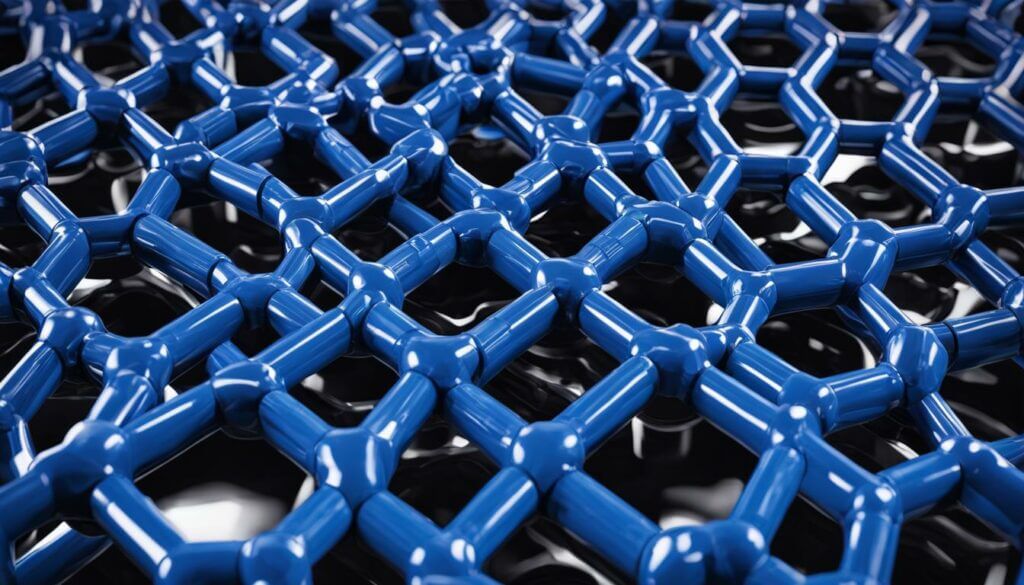
First, the focus is on how the physical and chemical properties of PVC interact with parameters such as injection pressure and mold temperature of the molding machine. Then explore the impact of different PVCs on accuracy and material flow during injection molding, and how to choose high-performance PVC suitable for specific applications.
| PVC characteristics | Effect on molding accuracy | Optimization suggestions |
|---|---|---|
| elasticity | Improve mold filling and product demoulding effect | Use highly elastic PVC materials for production |
| Compressive strength | Ensure the product does not deform under pressure and maintain dimensional stability | Improving PVC’s pressure resistance through enhanced material formulation |
| Thermal stability | Prevent physical property changes during high temperature molding | Use high temperature resistant PVC and adjust processing temperature appropriately |
Choosing the right PVC material not only involves operating skills during the molding process, but also affects the quality of the final product. masterMaterial performance optimizationThe skills will make you stand out in the field of PVC injection molding.
How to choose materials suitable for PVC micro-injection molding
When faced with material selection for PVC micro-injection molding, you need to consider a series of factors, including product requirements, molding equipment characteristics, and production costs. Through this material selection guide, you will be able to identify the molding suitability of PVC and ensure that the selected PVC material can adapt to the harsh conditions of micro-injection molding and meet your project specifications.
First, it is crucial to understand your product requirements. This not only refers to the shape and size of the product, but also includes requirements for material properties, such as toughness, heat resistance, chemical resistance, etc. Based on these requirements, you can make an informed choice between the different PVC grades on the market.
Second, evaluate the molding equipment you are using. Different machines may have different material processing capabilities, such as the melting temperature and injection pressure of PVC. Choosing a PVC material that matches your equipment can significantly improve the molding effect and production efficiency.
Finally, consider the impact that production costs may have on your choice. High-performance PVC options may come with a higher initial investment, but their durability and low production scrap may mean lower overall costs in the long run.
In order to help you understand the characteristics of different PVC materials in more detail, the following is a brief comparison table listing several common PVC brands and their main physical and chemical properties:
| PVC brand | Melting temperature(°C) | chemical resistance | Application scope |
|---|---|---|---|
| Brand A | 160-210 | high | medical equipment |
| Brand B | 170-220 | medium | electronic product |
| Brand C | 150-195 | Low | Toy |
Material adaptability analysis of injection molding machines
When choosing an injection molding machine,Injection molding machine selectionOne of the considerations is its response to different materialsMaterial adaptability. For a widely used material like PVC, you need to know whether your equipment has enoughDevice compatibilityto address different production challenges.
Let’s take a look at some important molding machine features that are key to making a molding machine perform well when processing various types of PVC materials:
| Molding machine features | Material adaptability performance | Improving production flexibility |
|---|---|---|
| Adjustable injection pressure and speed | Can precisely control different flow rates of PVC | Ensure that all types of PVC materials can be filled evenly |
| High-precision temperature control system | Able to accurately maintain the optimal processing temperature of PVC | Prevent material degradation and improve finished product quality |
| Mold temperature control function | Suitable for precise mold temperature requirements | Increase mold life and reduce downtime |
| Automatic feedback adjustment | Real-time monitoring and adjustment of molding parameters | Improve productivity and consistency |
Combining these capabilities gives your injection molding machine the ability to handle a variety of PVC materials, but it also provides the flexibility to more easily move to new projects or change production lines without having to worry about material changes. And hindered.
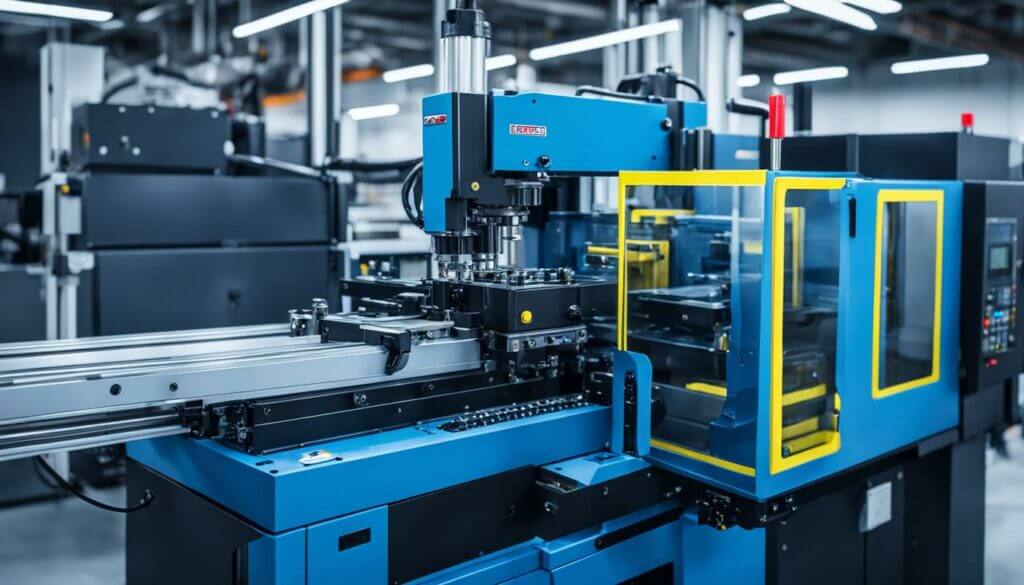
when you are consideringInjection molding machine selectionRemember to consider these key material adaptability characteristics as they become the key to efficient production.
Actual case: successful PVC micro-injection molding project
In the field of discussing PVC project practice,Success case analysisIt has a value that cannot be ignored for technology inheritance and practical application. Today, we will delve into a special case to allow you toMicro molding experience sharing, learn how to convert theoretical knowledge into practical productivity.
In this case, advanced PVC micro-injection molding technology was used to successfully solve a series of manufacturing challenges and improve the overall performance of the product. It not only demonstrates expertise in the field of micro-molding, but also highlights the key role of PVC materials in high-precision products.
| Case features | Implementation Strategy | Performance feedback |
|---|---|---|
| Precise mold design | Optimized for PVC material properties | Improve dimensional accuracy and product consistency |
| Innovations in Material Handling | Improved PVC plasticization and flow control | Product surface is smooth and mechanical properties are enhanced |
| Improvement of production efficiency | Shorten cycle times and reduce production costs | The market responds quickly and customer satisfaction increases |
Industry experts say that no two PVC injection cases are exactly the same, and every successful case is rooted in careful consideration of details and a deep understanding of the material. In this case, richMicro molding experience sharing, not only provides practical guidance, but also brings new ideas and motivation to the development of the entire industry.
The role of material cost-effectiveness in injection molding
When you consider using PVC materials for injection molding,Cost-benefit analysisIt is an indispensable process. You need to evaluate not only the direct cost of the material, but also its impact on the production process and the quality performance of the final product. especially when talking aboutPVC material economyThis perspective will help you make decisions that are more beneficial to long-term productivity.
In this section, we'll delve intoMolding production costAnd how to maximize the efficiency of resource use without sacrificing product quality through accurate calculations and wise choices.
| PVC material type | unit cost | life cycle | Maintenance cost | total cost effectiveness |
|---|---|---|---|---|
| Standard type | lower | medium | Low | high |
| Heat-resistant type | medium | long | medium | medium |
| Chemical resistant type | higher | long | high | lower |
As shown in the table above, different types of PVC materials vary in unit cost and life cycle, thus affecting maintenance costs and overall cost-effectiveness. You have to choose based on your specific needs and budget. For example, although chemical-resistant PVC has higher unit costs and maintenance costs, the high performance of this model may be well worth it if the product is exposed to potential chemical environments.
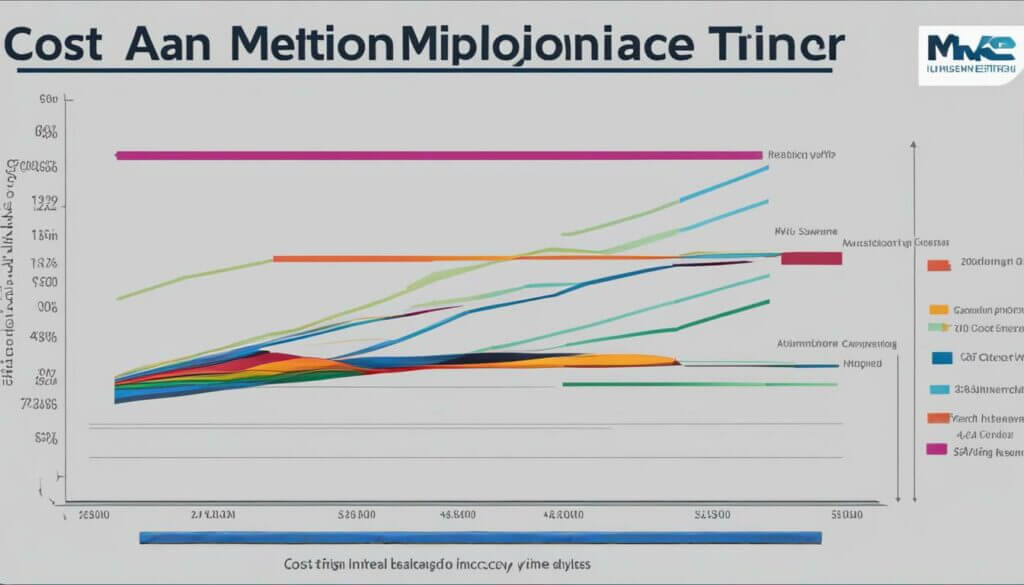
Overall, choosing the most economical PVC material doesn't always mean choosing the cheapest option. Taking into account the longevity and performance of the materials, as well as the potential savings associated with product quality and production efficiency, a sustainable, cost-effective decision will pay off for your business in the long run.
The influence of environmental factors on the performance of PVC materials
When we consider PVC materials for various applications,environmental impact considerationsIt is a link that cannot be ignored. These influencing factors, such as temperature changes, humidity fluctuations, and even the corrosiveness of chemicals, may affectPVC performance stabilityCreate challenges. Next, we will delve into how these environmental factors affect PVC materials and how we can enhance them through careful product design.environmental adaptability.
High temperatures may cause PVC to soften and affect its mechanical properties; low temperatures may make PVC materials brittle and hard and prone to cracking. In addition, an environment with excessive humidity may accelerate the decomposition process of some PVC materials and shorten their service life. Therefore, when selecting materials, we should give priority to these conditions and choose models that can withstand specific environmental stresses.
In terms of chemical corrosion, PVC materials generally have good chemical resistance, but you still need to be alert to the potential effects of extreme environments. For this reason, analyzing the chemical resistance of PVC and taking it into consideration early in product design will help prevent future performance degradation.
Quality Control: How to Test PVC Material Performance
When producing PVC products,quality control standardsandMaterial performance testingIt is an important link to ensure that the product meets the expected requirements. Understand and implement standardizedPVC inspection procedures, is your key to ensuring production efficiency and product quality.
First of all, performance testing includes the evaluation of the compressive strength, heat resistance, chemical corrosion resistance and other aspects of PVC materials. These tests require not only precise instrumentation but also strict compliance with international or industry quality control standards.
| Test type | Purpose | Related standards |
|---|---|---|
| Stretching test | Evaluate the elongation and strength of materials after stress | ISO 527-1 |
| Impact test | Analyze a material's ability to resist sudden impacts | ASTM D256 |
| Melt flow rate test | Determine the fluidity of materials at high temperatures | ISO 1133 |
Interpreting these test results not only helps you determine whether a material meets usage standards, but also predicts how the product will perform in real-world applications. The accuracy of these test results directly affects the reliability of the final product and your goodwill.
Through these testing processes, when you choose a PVC material supplier in the market, you will have more confidence in confirming whether the products they provide truly meet industry requirements. In addition, these performance tests serve as a reference for continuous improvements in the production process.
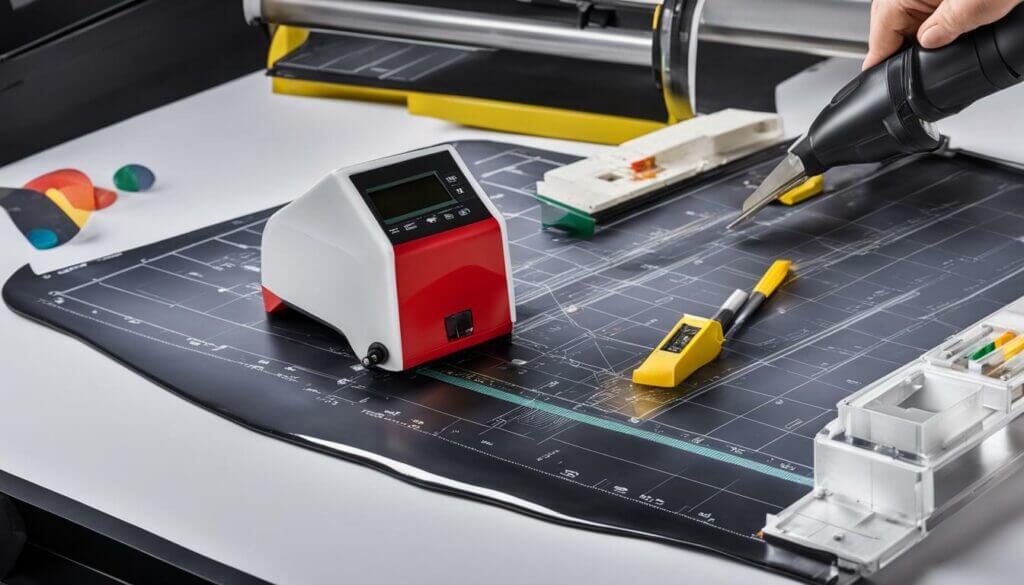
Remember, strict quality control processes are not just about a single inspection, but a long-term and ongoing commitment. From controlling material quality at the source to delivering the final product to the customer, every step needs to be carefully monitored to ensure the absolute satisfaction of the end user.
Innovation trends and material evolution of PVC micro-injection molding
In the face of ever-changing market demands,Injection Molding InnovationIt has become the main driving force for the progress of the industry. along withMaterial technology progress, the field of PVC micro-injection molding has ushered in unprecedented changes, thus opening upThe future trend of micro moldingnew chapter. This article explores the drivers behind this progress and analyzes how they are shaping the future of manufacturing.
In the field of materials, we have witnessed in-depth research into the properties of the PVC material itself, resulting in stronger heat resistance, improved chemical stability and excellent mechanical strength. The development of new PVC materials enables products to work under more extreme conditions while improving the accuracy and efficiency of molding.
In terms of manufacturing technology, micro-injection molding equipment has experienced rapid development, with new generations of machines offering greater flexibility and precision. This not only makes the production process more energy-saving and environmentally friendly, but also significantly reduces the consumption of raw materials, thereby improving economic benefits.
In addition, as the concepts of smart manufacturing and Industry 4.0 become increasingly popular, automation and data analysis in the PVC micro-injection molding process have been significantly strengthened. This allows manufacturers to more accurately predict material behavior and adjust parameters on the fly to ensure the quality of the final product.
Through these innovations, the PVC micro-injection molding business has been continuously optimized to cater to the increasing functional requirements and green environmental awareness. And you, as an industry professional, will surely find new opportunities in this exciting change.
in conclusion
Through the in-depth discussion of this article, you now understand the importance of PVC materials in the micro-injection molding process. The performance of PVC is not only related to product quality, but also the key to production efficiency. Facing the future development of the industry,Injection Molding SummaryRevealing an immutable truth: the correct understanding and selection of materials is crucial.
OutlookPVC application prospects, with the advancement of technology, we look forward to seeing the birth of more efficient and accurate molding technology. This will further promote the widespread application of PVC micro-injection molding technology in the medical, automotive and even aerospace fields. In order to maintain the competitiveness of the industry, you should constantly pay attention to the research and development of new materials and investment in new equipment.
Finally, in view of the continuous changes within the industry and the diversification of market demands,The future of molding technologyThe direction presents infinite possibilities. When performing PVC micro-injection molding, you should comprehensively consider the impact of cost-effectiveness, material suitability and environmental factors, and continue to optimize material properties and molding processes to ensure a firm foothold in this forward-looking field.
